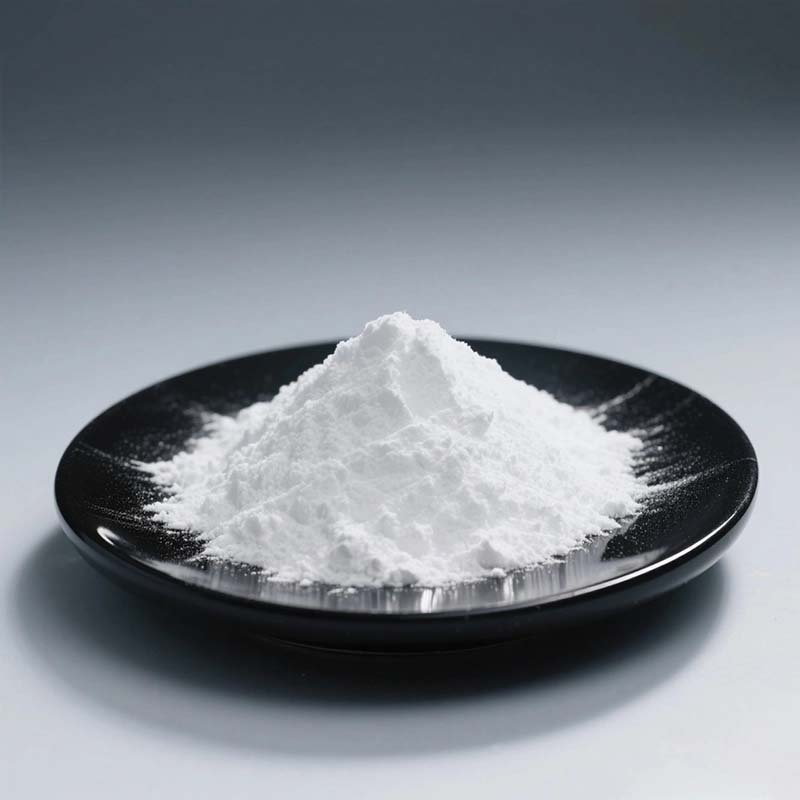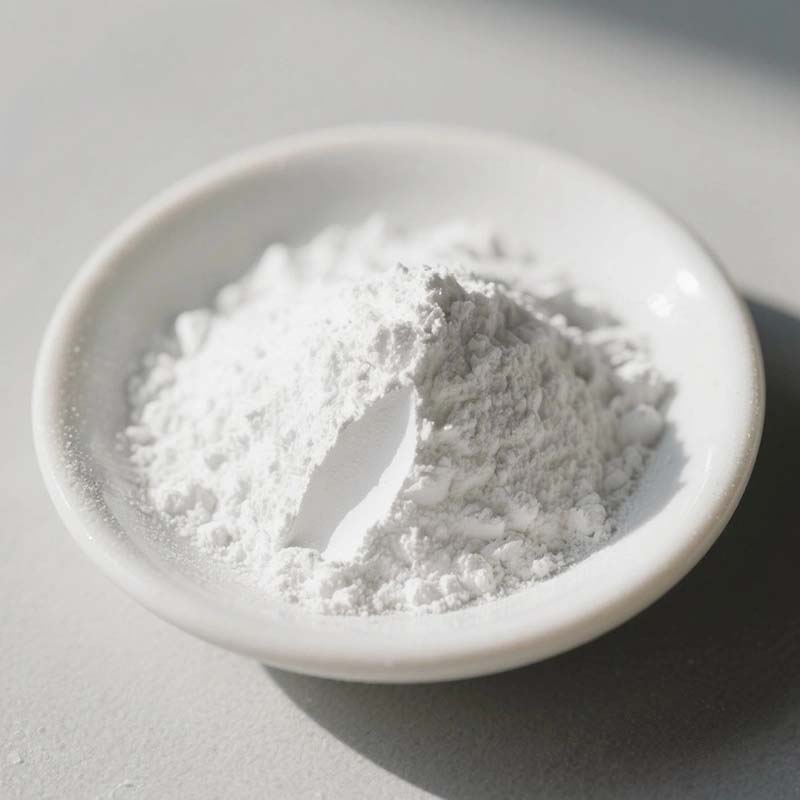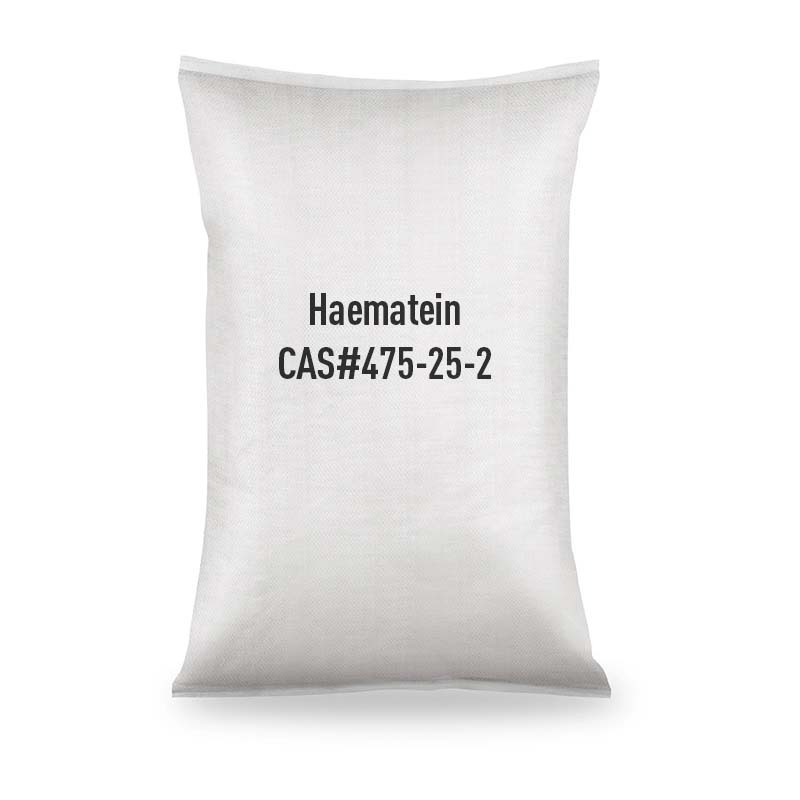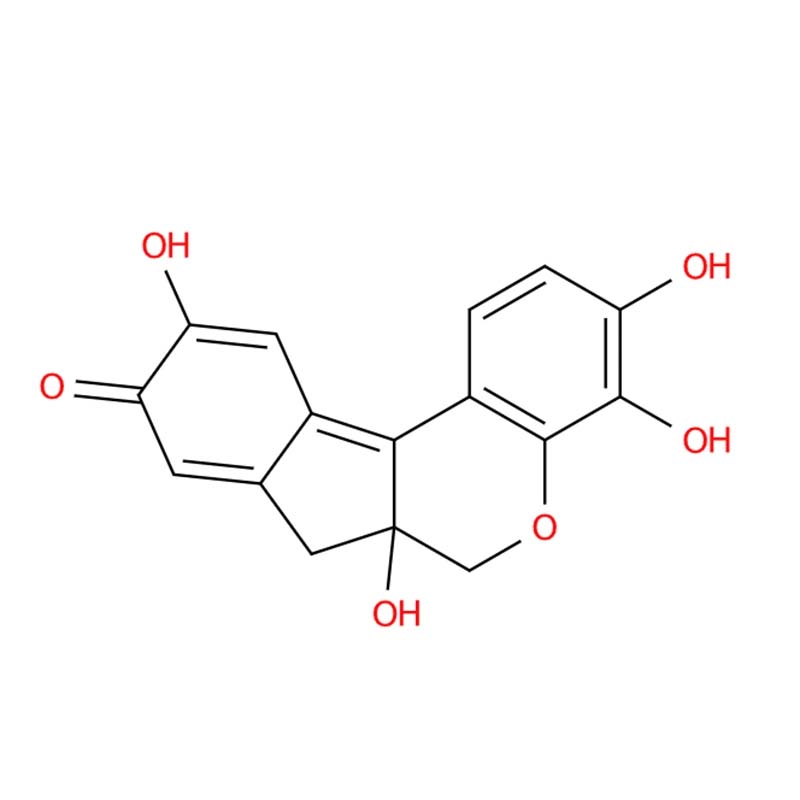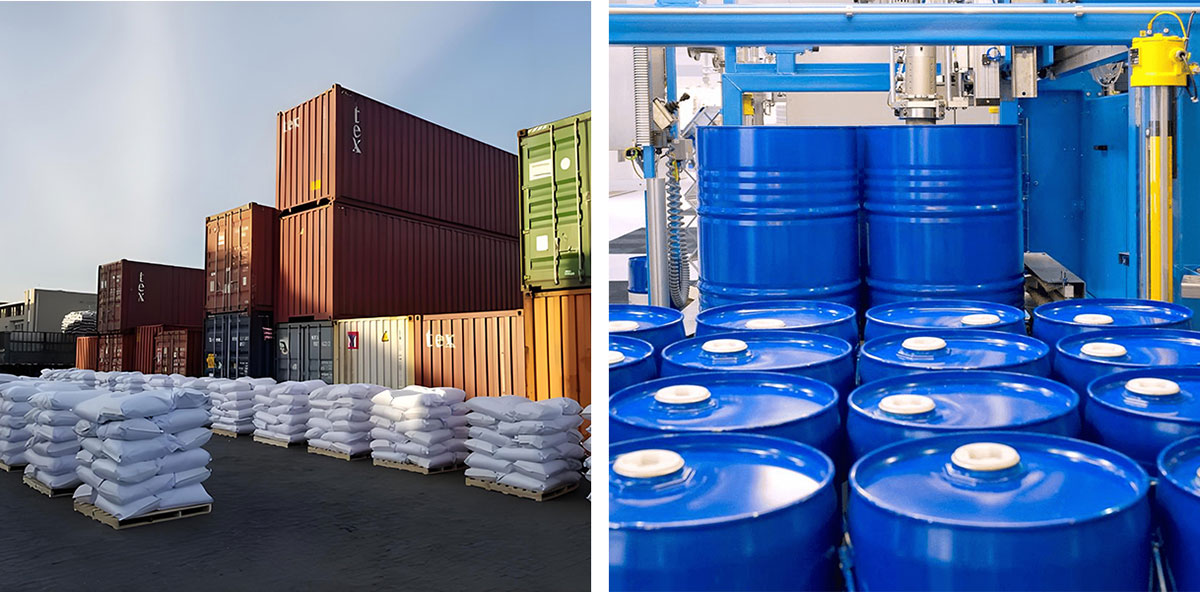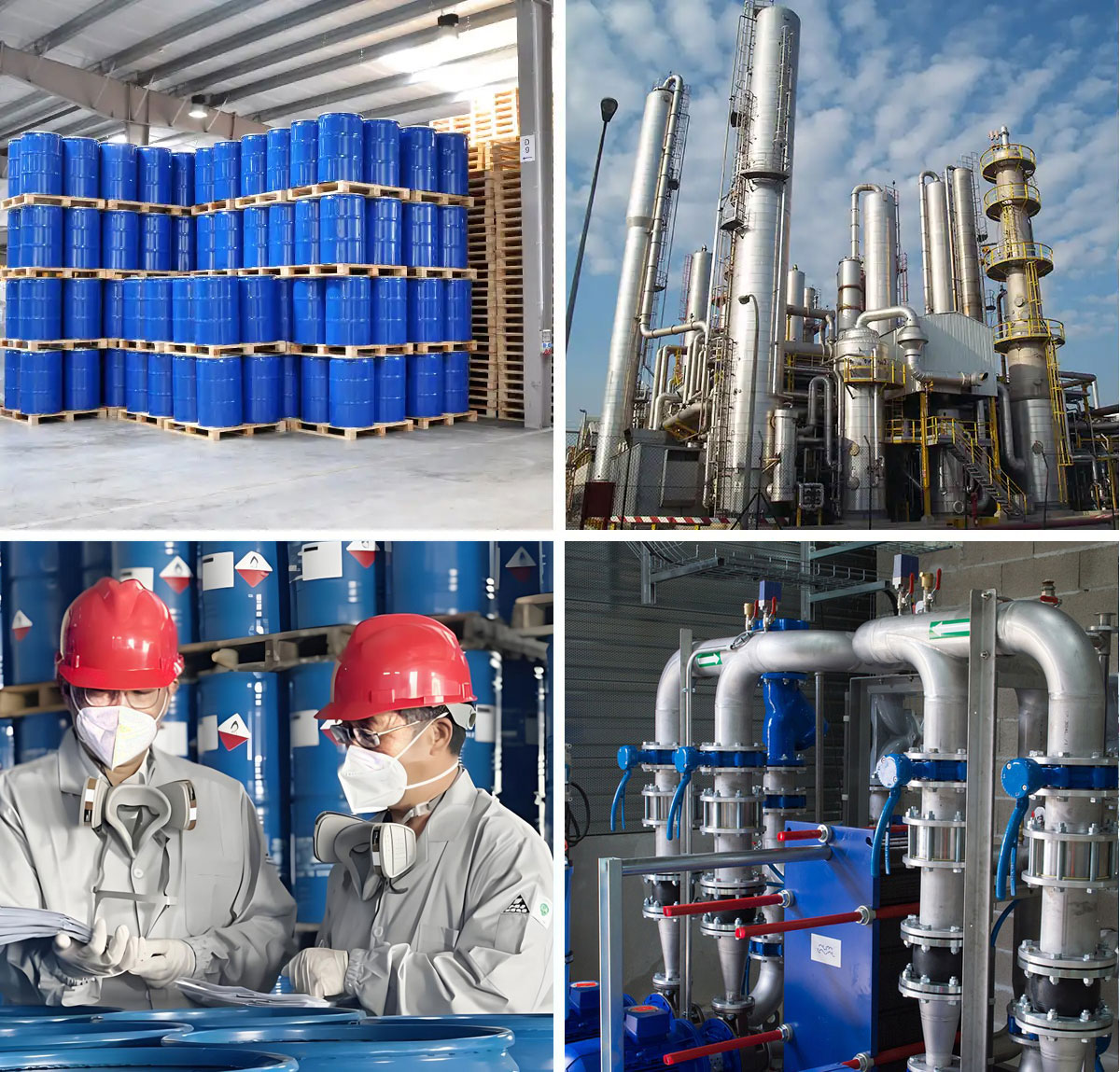Logwood Extract (Haematein)
Natural Origin: Hematoxylin extract is derived from botanical sources, serving as an environmentally sustainable option for plant-based dye formulations.
Controlled Oxidation: The compound readily undergoes oxidation to form hematoxylin oxide, enabling precise generation of active dye components for specialized applications.
Aqueous Compatibility: Demonstrates optimal performance in alkaline aqueous solutions, facilitating widespread adoption in laboratory staining protocols.
Histological Significance: Valued for its well-defined oxidation characteristics and consistent staining performance, hematoxylin serves as an indispensable staining reagent in histological examination and microscopic analysis for detailed cellular and structural observation.
Hematoxylin extract, which represents the unoxidized form of the natural dye precursor, undergoes oxidation to form hematoxylin oxide—the active coloring component. This transformation occurs readily in alkaline aqueous solutions, where exposure to atmospheric oxygen accelerates the oxidation process.
HEMATEIN Chemical Properties
Melting point | 180 °C |
Boiling point | 361.5°C (rough estimate) |
Density | 1.2766 (rough estimate) |
Refractive index | 1.4600 (estimate) |
Storage temp | 2-8°C |
Solubility | Methanol (Slightly) |
Form | Crystalline Powder |
Colour Index | 75290 |
Pka | 8.02±0.40(Predicted) |
Color | Dark brown |
Water Solubility | 0.6g/L(20 ºC) |
Merck | 13,4651 |
BRN | 93039 |
LogP | 0.560 (est) |
EPA Substance Registry System | Benz[b]indeno[1,2-d]pyran-9(6H)-one, 6a,7-dihydro-3,4,6a,10-tetrahydroxy- (475-25-2) |
Safety Information
Safety Statements | 24/25 |
WGK Germany | 3 |
RTECS | DE3120000 |
F | 8-10-23 |
HS Code | 32030010 |
Logwood Extract (Haematein) demonstrates versatile applications across multiple fields. In textile manufacturing, it serves as an effective natural dye for protein fibers like wool and silk, capable of producing color variations from vivid purples to deep blacks through coordination with different mordants. In laboratory practice, the oxidized hematoxylin component forms characteristic chromatic complexes with metal ions, and when combined with eosin in H&E staining protocols, enables precise visualization and morphological analysis of cellular architectures.



